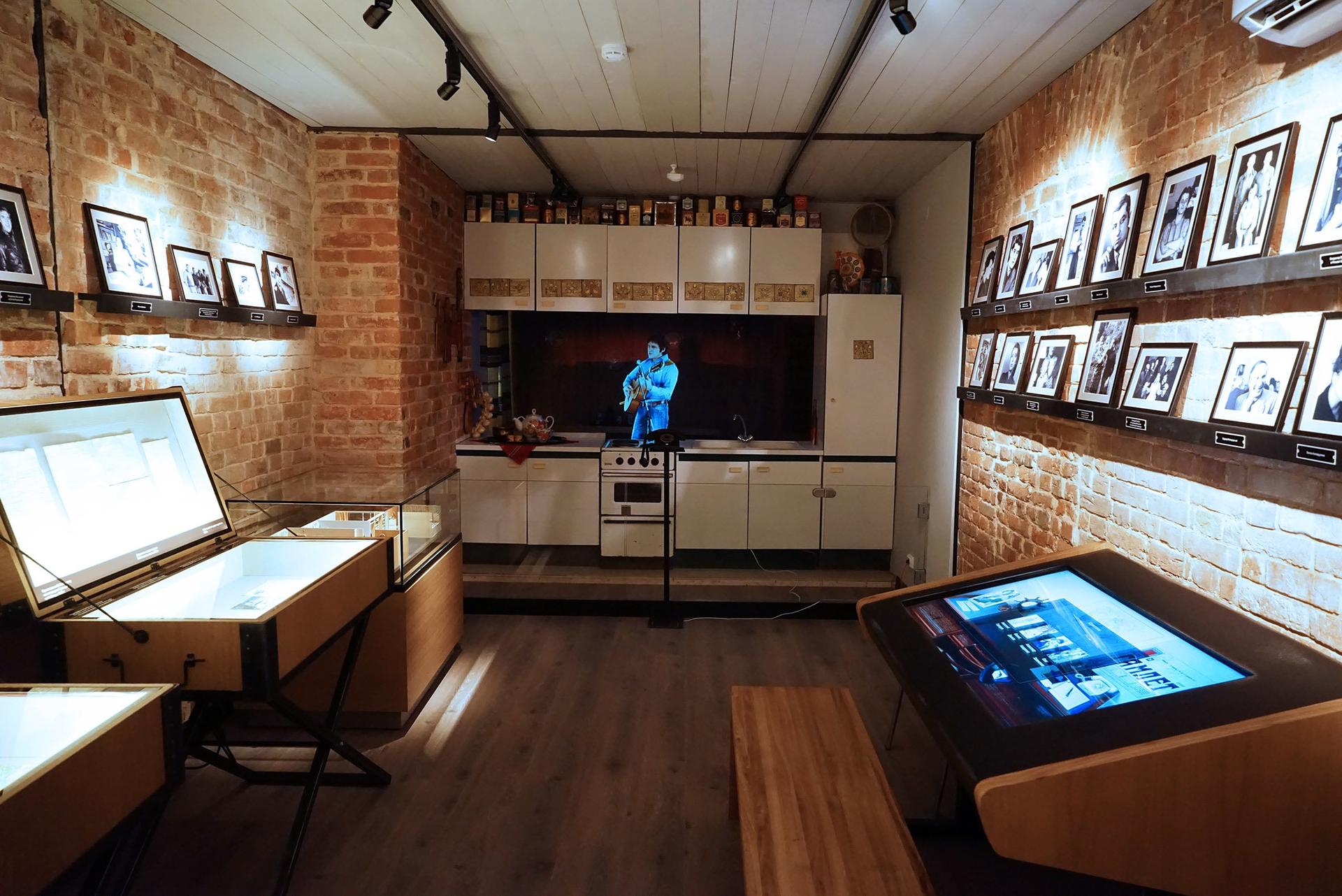Сейчас сложно узнать в автомобильной развязке на Земляном валу площадь. Еще сложнее определить ее границы.
Таганская площадь появилась на месте Таганских ворот Земляного города. В конце XVI в. на холме, образованном водоразделом рек Москвы и Яузы, были построены ворота. Таганский холм, один из семи легендарных московских холмов, как и ворота, получил свое название по слободе ремесленников, изготавливающих таганы – треножные чугунные подставки для котлов походных кухонь. От Таганских ворот расходились дороги к Владимиру, Нижнему Новгороду, Рязани и Коломне. Сегодня это Большая Алексеевская, Таганская, Марксистская, Воронцовская, Народная улицы, а также улица Большие Каменщики. Все это центральные слободские улицы, сохранившиеся с XVI века.
Как и у многих ворот Земляного города, здесь располагался рынок съестных припасов. После пожара 1812 года ворота снесли, а площадь и рынок на ней остались. В 1900-х гг. бытописатель П.И. Богатырев вспоминал: «Таганка представляла из себя большой богатый рынок, мало чем уступавший известным московским рынкам – Немецкому и Смоленскому, и далеко превосходивший все остальные». Здесь торговали овощами, квасом, рыбой, прочими привозными деревенскими продуктами. С 1735 г. был известен в Москве Таганский Мясной рынок, имевший бойни во рву Москвы-реки, и размещавшийся в начале Воронцовской улицы.
Таганка была заселена купцами и являлась для Москвы вторым Замоскворечьем. Жители Таганки частенько становились героями юмористических пьес и карикатур. Однако люди здесь жили богатые и на газеты не обращали внимания. «В Таганке жили-поживали да денежки наживали и втихомолку посмеивались над своими насмешниками» - читаем мы у того же Богатырева.
В 1812 г. в центре Таганской площади взамен сгоревших деревянных лавок по проекту архитектора О.И. Бове были построены торговые галереи с колоннами. Торговые ряды разделили Таганскую площадь на Верхнюю и Нижнюю.
В конце XIX в. в Заяузье, центром которого была Таганская площадь, строится множество заводов и фабрик. Таганка стала заселять рабочим классом. В 1905 г., а также в 1917-м, это район митингов и демонстраций.
В первые годы советской власти Таганка все еще торговая площадь, окруженная двухэтажными купеческими домиками с амбарами для товаров и торговыми лавками.
А в 1940-х гг. облик Таганской площади начал резко меняться. В 1950 г. открылся наземный павильон станции метро «Таганская». Арки и балюстрада напоминают нам о разрушенных торговых рядах, располагавшихся в центре площади.
В 1962-1963 гг. под площадью проложили тоннель длиной 600 м. Были разрушены несколько кварталов, примыкавших к площади. Увеличивающееся транспортное кольцо поглотило переулки, примыкавшие к Садовой. Тогда же уничтожили и торговые ряды. Таганский холм был срыт и сегодня уже сложно представить себе быт, царивший здесь в конце XIX, начале ХХ веков.
It is difficult to find in a car on a roundabout Earthen shaft area. Even more difficult to define its borders. Taganka Square appeared on the site Tagansko Earthen city gate. At the end of the XVI century. on a hill formed by the watershed of the rivers Moscow and Yauza gates were built. Tagan Hill, one of the seven hills of the legendary Moscow, as well as gates, got its name from the settlement of craftsmen, manufactures Taga - Tripod Stand for iron boilers field kitchens. From Tagansko gate roads diverged to Vladimir, Nizhny Novgorod, Ryazan and Kolomna. Today it's a big Alekseevskaya Taganskaja, Marxist, Vorontsovskaya People streets and streets of big Masons. All this central suburban streets preserved from the XVI century. Like many gates Earthen city, located here victuals market. After the fire of 1812 the gate was demolished, and the area and the market remained on it. In the 1900s. bytopisatel PI Bogatyrev recalled: "Taganka is a large affluent market, not much inferior to the famous Moscow markets - German and Smolensk, and far superior to all others." There traded vegetables, kvass, fish, other imported products of the village. Since 1735 was known in Moscow Taganka Meat Market, which had massacres in the moat of the Moscow River, and is located in the beginning of the Vorontsov street. Taganka was inhabited by merchants and was the second to Moscow Zamoskvorechye. Residents often Taganka became heroes of comic plays and cartoons. However, people here lived a rich and newspapers ignored. "In the Taganka-lived fared yes amassed money and secretly laughed at his mockers" - we read in the same Bogatyreva. In 1812, in the center of Taganka Square instead of burned wooden benches designed by the architect OI Beauvais were built shopping galleries with columns. Shopping arcade Taganka Square divided into upper and lower. At the end of the XIX century. Zayauze in which center was Taganka Square, built a lot of factories. Taganka was settled by the working class. In 1905 and in 1917, it is an area of meetings and demonstrations. In the first years of Soviet power Taganka still trading area surrounded by two-storey merchant houses with barns for goods and arcades. And in the 1940s. Taganka Square shape began to change dramatically. In 1950 he opened a residential hall subway station "Taganskaya". Arch and balustrade remind us of the devastated ranks of the trade, which is located in the center of the square. In 1962-1963 gg. under the paved area of the tunnel length of 600 m. were destroyed several quarters, adjacent to the area. Increasing Ring Road absorbed lanes adjacent to the Garden. At the same time destroyed and a shopping arcade. Tagan hill was razed and today it is hard to imagine a life that prevailed here in the late XIX, the beginning of the twentieth centuries.


















